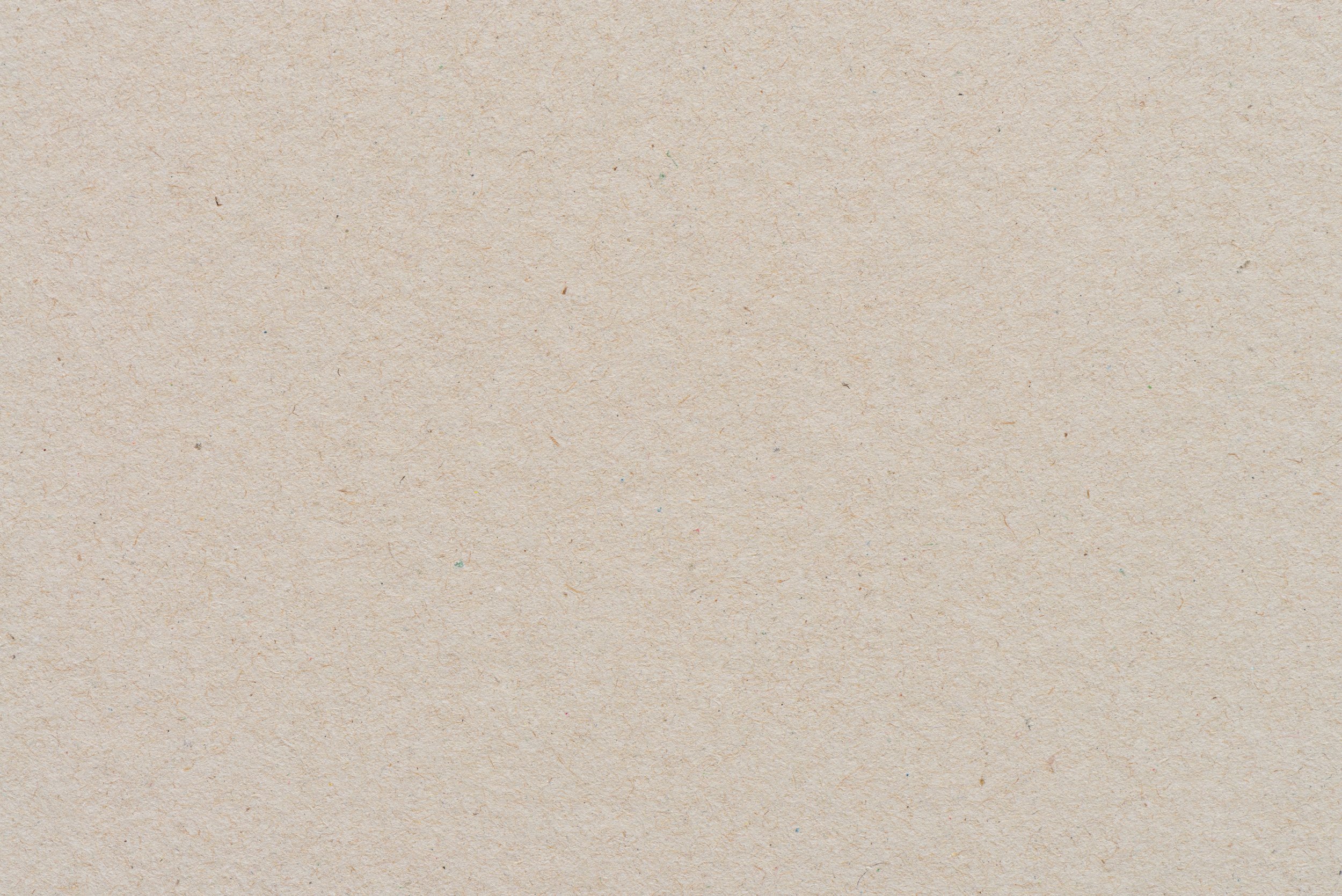
LESSON 5
Parts of a Butterfly
Children will practice identifying parts of a butterfly, and use natural materials to create a butterfly.
Natural materials to create butterflies (e.g. rocks, pinecones, twigs, leaves, seashells).
Butterfly book, picture of a butterfly, or draw your own butterfly and cut out each individual piece (e.g. antennae, head, thorax, abdomen, and wings).
Materials to create butterfly portion of the life cycle.
Materials
Gather materials for lesson. You may want to go on a walk earlier in the day or the day before to collect natural materials for this activity.
Preparations
Promote curiosity and interest in butterflies.
Promote scientific thinking and questioning in children about the parts of a butterfly.
Observe fine motor skills in child.
Objectives for Teachers
Children strengthen their knowledge about butterflies.
Children identify parts of a butterfly as they recreate a butterfly using natural materials.
Children practice fine motor skills through assembling nature butterfly.
Objectives for Children

Collect and Connect
Practice saying “The Caterpillar Song” with the actions you came up with.
Caterpillar Song
I started as a tiny egg,
Upon a leaf of green.
And now I stay upon the leaf,
So, I will not be seen.
Soon I’ll build a chrysalis,
Upon a limb up high.
I’ll stay there for a little while,
And then come out and be a butterfly.

Activity Flow
Option 1: Begin by showing your child a picture of a butterfly. Observe the picture together and point to parts of the butterfly and ask if they know what it is called. I usually begin with the antennae and work my way down. If they don’t know what something is called, then tell them and practice saying it together. You may also ask what they think the purpose of each body part is. Then learn together what each part is for.
2. Option 2: After drawing and cutting out the parts of a butterfly, place them in a bag and have the child take one piece out at a time and work together to piece it into a butterfly. As you are putting it together, talk about each part and its name.
Antennae: Sensory organs that help them detect smells, tastes, and changes in temperature.
Head: Also contains sensory organs such as antennae, eyes, and mouthparts. Similar to a straw, the mouth has a long narrow proboscis that the butterfly uses to suck nectar from flowers.
Thorax: This is the middle part of the body and contains the muscles that control its wings. It also contains the heart of the butterfly.
Abdomen: This is the hind part of its body and contains the digestive system, reproductive organs, and waste elimination system. It also helps the butterfly to maintain balance while in flight.
Wings: The wings enable the butterfly to fly. This is important so they can find food, mates, and a suitable habitat. They are also used as a means of communication, as they are often brightly colored and patterned to attract potential mates or warn predators to stay away.
Six Legs: These are used for walking and perching.
3. After identifying the parts of a butterfly, work together and use natural materials to construct a butterfly. Talk about the parts of the butterfly as you put them together. We enjoyed making a few butterflies, some small, and some bigger. We also made sure to snap a picture of our butterflies before cleaning them up so we could look at them again later.
4. Conclude this lesson by creating a butterfly for your life cycle.



